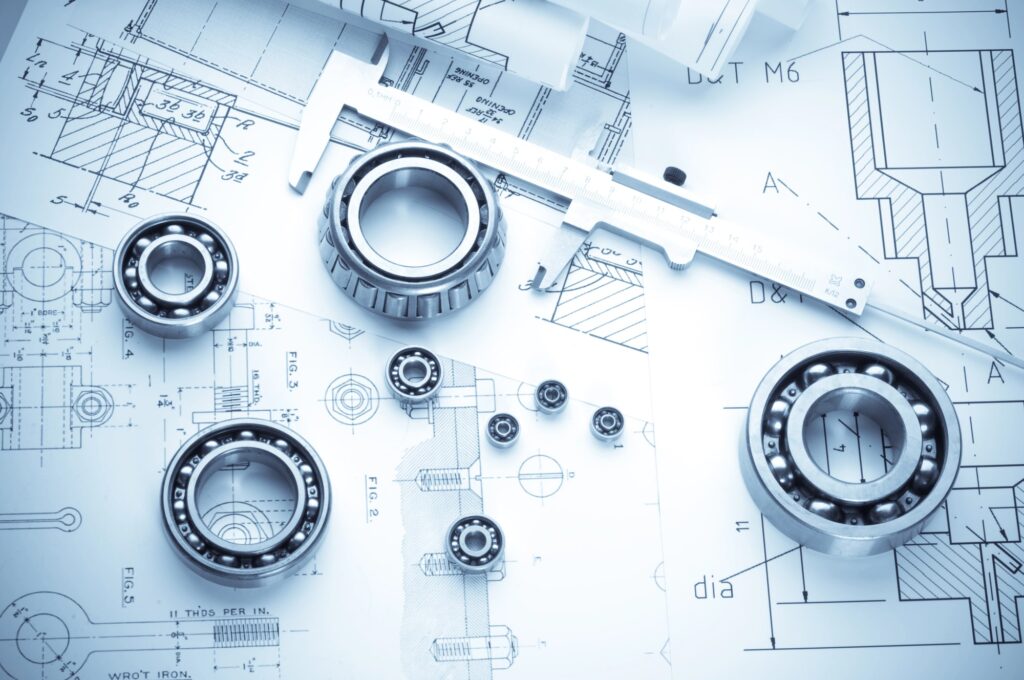This post examines the escalating debate over the future of Dallas City Hall, a 47-year-old civic landmark designed by I.M. Pei & Partners. It summarizes the timeline of events since August 2025 and outlines the competing positions for repair, sale, or demolition.
The discussion centers on a distinctive Brutalist civic building completed in 1978, known for its inverted-pyramid silhouette and open civic plaza. Debate intensified after years of deferred maintenance left structural systems and infrastructure in poor condition, driving costs upward.
Preservation advocates argue the building’s design and public space are important to Dallas’s architectural legacy. Others point to high renovation costs and redevelopment potential for downtown land as reasons to consider demolition or sale.
This is not just a local planning decision. It’s a conversation about how cities value modernist civic architecture and balance fiscal responsibilities.
The stakes include cultural heritage, taxpayer burden, downtown vitality, and the opportunity cost of redeveloping a prime site.
Book Your Dream Vacation Today
Flights | Hotels | Vacation Rentals | Rental Cars | Experiences
Key facts and recent timeline
Here are the critical facts and decisions that have shaped the debate to date:
Cost estimates and practical considerations
Cost ranges cited in public discussion — from $60 million to $345 million or higher — reflect different scopes of work, from limited system upgrades to full rehabilitation and accessibility improvements. Updated assessments that pushed costs higher are common in buildings of this era after comprehensive condition surveys.
Decision-makers must weigh one-time renovation costs against long-term operating expenses and the carbon impacts of demolition versus reuse. Replacing a concrete structure with new development may produce short-term gains but also environmental and cultural losses.
Practical recommendations from 30 years in architecture and engineering
A structured, transparent process is needed to keep preservation options real and analyze true costs and benefits.
What comes next — and why it matters beyond Dallas
The City Council’s vote to study all alternatives keeps options open. It also allows time for careful analysis.
This case highlights a global debate over modernist municipal architecture. Cities must decide whether to treat these buildings as disposable or as part of civic memory that deserves investment.
Dallas’s decision will be watched by other cities facing similar choices. The outcome could influence how other communities approach preservation and redevelopment.
Here is the source article for this story: Dallas Evaluates Repair and Demolition Options for I.M. Pei’s Modernist City Hall
Book Your Dream Vacation Today
Flights | Hotels | Vacation Rentals | Rental Cars | Experiences

